Have you ever looked at how you really interact with the environment? See how you can reduce your negative impact to the planet by paying a bit more attention.

Whenever you check the news about reports on environmental problems these days, it almost always focuses on climate change.
Not that I don’t believe this is an area where human activities are causing lasting damage, but I think that there are other areas of human-environment interactions that deserve the same amount of attention.
So, I recently spent some time with friends to see if they fully understood how much our daily activities as humans have an impact on our environment.
Quite surprisingly, most of them didn’t fully appreciate the scale of the problem, and it’s critical for all of us to fully understand how human-environmental interactions are causing devastating damage.
In many cases, it’s completely unintentional and an indirect impact of human activities.
So I decided to share my research with readers.
What Is Human Environment Interaction?
A simple human environment interaction definition would be human activities that directly impact the environment.
It doesn’t automatically mean these actions have a negative impact. We are entirely dependent on the environment around us to survive, and as I will show you shortly, there are positive ways in which our interactions influence the environment.
Unfortunately, though, human beings have come to a stage where our negative impact on natural surroundings far outweighs the positive.
Here are two critical areas where most human-environment interactions happen.
1 - The Human Social Systems
Human environmental interaction happens everywhere that the human social system comes in contact with the environment. And for modern human society, that directly and indirectly happens in everything we do and use.
A key part of how much impact a human social system has on nature comes down to a few key elements:
And you can see how this differs if you look at a hunter-gatherer tribe in Africa compared to the human social system of New York City.
2 - The Environment And Ecosystems
Once you understand the importance of human social systems, the next step is to look at how and where they interact with the environment.
All humans interact with ecosystems in order to create some sort of ecosystem service that provides benefits to society. Unfortunately, for modern humans in Western societies, that environmental ecosystem relationship has become a parasitic one-way service.
Society has come to a stage where it greatly exploits the environment for economic and agricultural purposes, with limited regard for preservation or rejuvenation.
What Are The 3 Types Of Human Environment Interaction?
There’s an interesting way to look at the connection between people and the environment.
I like this approach because it shows precisely how and why everything we do has an impact.
1. Dependence On The Environment
Every single living thing on this planet is dependent on the natural environment it lives in. Whether it’s for air, water, food, or shelter, living beings simply cannot survive without some form of interaction.
But for humans, that dependence has grown to a level where someone living in Boston might also be dependent on the natural resources in Central America for certain foods or on the minerals mined in China for electronics.
Basically, everything you see around you is entirely dependent on natural resources that come from thousands of miles away.
2. Modification Of The Environment
Human activities frequently result in environmental change, both with negative and positive results.
Even the most ecologically sustainable farming methods and renewable energy projects require resources provided by nature.
Human beings use increasing amounts of land to build homes, shopping centers, and schools. When it gets cold, we burn coal, wood, and oil that we all collect from our environment.
It’s kind of fascinating and scary when you stop to look at your phone, vehicle, home, and everything else around you in this way.
3. Adaptation To The Environment
People seem to live in the strangest places on this planet, which is partly due to successes in evolution.
The more successful species are able to adapt to changes in their environment, the more likely they are to survive.
For example, when you find people living above the arctic circle, in dense jungles, and dry savannahs, you’ll get the idea of how much we have adapted to our natural environment.
Examples Of Human Environment Interaction
There are too many individual human interactions with the environment to list them all. But I wanted to give some example interactions for people to get a picture of all the negative effects.
Negative Human Environment Interaction
Representing human-environmental interaction in a negative way doesn’t take a lot of skill, especially when you consider these devastating actions.
1 - Deforestation (Dependence, Modification)
For me, this is possibly one of the most concerning human-environment interactions right now. The planet is losing millions of acres of forests every year to make space for more agricultural land.
The problem isn’t just the loss of CO2 processing but natural habitats for some of the rarest animals are gone too.
The loss of biodiversity will also directly impact people as it will affect what kind of food we can grow and where we can grow them. And that is coming back to impact economic and agricultural purposes by limiting food production.
2 - Water Usage (Dependence)
This is one of the most important natural resources that people in Western countries take for granted.
Take this, for example: You turn on your faucet, and clean water pours out.
But that water has to come from somewhere, which usually means tapping into rivers, lakes, and underground aquifers.
You just need to look at the drought situations in California to see what huge population clusters have done to the availability of freshwater to understand this human-environmental interaction.
3 - Energy And Natural Resources (Dependence, Modification)
Fire was possibly one of the most fundamental advances in early human evolution, and energy for heat is still one of the main ways human beings exploit nature.
But human beings also need energy for transportation and communication systems, which is one of the main reasons why carbon emissions have skyrocketed in the last 100 years.
Our thirst for energy has been an uncontrollable human-environmental interaction, and it has mainly come down to two types of fossil fuels.
4 - Oil And Gas (Dependence, Modification)
Out of all the resources that we extract from our planet, the most disruptive ones are oil and gas.
Not only do their production and transportation cause a lot of environmental damage, including water pollution and habitat destruction. But the burning of these fuels is also the main reason why our climate is in such turmoil.
Every single part of the oil and gas production process causes damage to the environment in more ways than just climate change. And it’s the critical human-environmental interaction to gain control of.
5 - Natural Mineral Resources (Dependence, Modification)
The natural resources that humans extract include everything from timber to coal, as well as oil, gold, and rare earth metals.
Most people just think of deep holes in the ground for mining shafts, but a lot of mineral extraction methods strip away millions of acres of land to get to the resources, making it a devastating human-environmental interaction.
These strip mining ways of production often cause irreparable damage to the environment as toxic materials leak into the surrounding areas where they simply cannot be removed.
And the growing industrialization of developing countries is only increasing the demand for these mining practices.
6 - Waste Production (Modification)
For me, this is the cruelest human-environmental interaction. Seeing animals suffering from the plastic waste that litters our oceans and landscapes is sometimes too much to take.
While recycling efforts have stepped up considerably, this is possibly one area where our actions end up doing harm hundreds of miles away.
It’s almost like there is a total emotional disconnect because trucks collect the trash, and then people don’t worry about it anymore.
7 - Airborne Pollution (Modification)
People often just focus on CO2 when it comes to air pollution, but there is a lot more to factories, cars, and households.
Most western countries have banned certain toxins, for example, and factories and vehicles have filters to remove them. However, the filters only go so far, and some toxins will always seep into the air as part of human-environment interaction.
And while governments banned CFCs several decades ago, there are still many types of aerosols called volatile organic compounds (VOC).
Ironically, these VOCs are not just an example of human-environmental interaction, but they directly harm our own lungs as well.
8 - Ocean, Lake, And River Traffic (Adaptation, Modification)
Traffic on all the planet’s waterways has never been busier, and human-environmental impacts cause the most damage to marine animals.
For example, some large fish and mammals get struck by boats. Others, on the other hand, can suffer severe disorientation from the engine and propeller noise.
And then there is the constant risk of water pollution that causes irreversible damage in many parts of the world that depend on water for their day-to-day lives.
It’s long overdue to address this human-environment interaction by involving marine biologists in the regulation of ships and boats.
9 - Tourism (Adaptation, Modification)
One issue with tourism is the carbon cost of getting to vacation destinations because flying has become the preferred travel method.
But the destinations that people travel to also impact natural habitats, with many resorts taking over nature. You have natural environments that are not capable of handling thousands of tourists, and human environment interaction has forced them to deal with it.
The result is a devastating environmental impact that often leaves permanent damage.
10 - Urban Expansion (Adaptation, Modification)
Increasing land-use levels around many of the world’s largest cities reduce the amount of space available for plants and animals.
And with growing cities come ever-increasing pollution problems, as well as drains on available water resources. While some cities around the world are taking human environment interaction seriously by implementing smart planning to bring nature into the cities, this isn’t happening at a remotely large enough scale.
Positive Human Environment Interaction
This was the more fun part of my research, as human-environment interaction can certainly be positive as well.
And representing human-environmental interaction in a positive light should help readers to understand how they don’t just have the ability to do less harm but also do good for the environment they live in.
1 - Renewable Energy (Dependence)
Solar, wind, and geothermal energy sources are fast-growing industries, and more people are shifting the way they approach their energy use at home and on the road.
But a lot more has to happen fast for renewable energy use to outgrow traditional fossil fuel options. The simplest way that people can have a positive human-environmental interaction is by switching to a renewable energy provider for their home electricity.
2 - Urban Green Projects (Adaptation)
Many urban planners around the world have started encouraging a greener approach to city life.
This doesn’t just involve planning more public parks, but wasteland and rooftops are transforming into new urban gardens.
It’s an area where communities and neighborhoods can come together to create a positive human environment interaction with group schemes for planting flowers, fruit, and vegetables.
Green roof spaces in cities are also attracting more wildlife and making people more aware of the impacts that city life has on the environment.
3 - Eco-Tourism (Adaptation)
This is possibly one of the fastest-growing tourism niches, and it involves more than just buying some carbon credits for getting on a plane.
For example, many countries are now offering ways for tourists to directly reduce their overall impact on the physical environment by contributing to preservation and reforestation projects.
This allows you to travel to and observe exotic natural ecosystems while at the same time helping to preserve and expand them.
4 - Protection Of National Parks (Adaptation)
The USA has a fantastic network of vast national parks. And while government agencies do a great job of protecting these parks, this isn’t always the case in other countries.
And I think that rich industrialized countries have a responsibility to help achieve the same in developing countries and build that kind of fabric into other human social systems.
5 - Waste Reuse And Recycling (Modification)
Landfill sites worldwide are struggling to keep up with the supply of waste, and the people in charge should take a careful look at how countries like Sweden are handling their waste.
With a proper support network to reuse as much as possible and make recycling easy, it’s entirely possible to get to a stage where minimal amounts of waste end up in landfills.
And Sweden has also led the way in making it possible to generate energy from non-recyclable waste without causing toxic and greenhouse gas emissions.
6 - Composting (Adaptation)
This is one of my favorite topics, as I’m a big gardening nerd.
With 30% of all food waste ending up in the trash, there should be no reason why we cannot effectively deal with it at home or through a managed collection service.
You can even buy indoor composters that don’t let off any smell making them suitable for apartment living. And if you have a garden, then there’s no reason not to have a compost bin to deal with your food waste.
7 - Water Management (Adaptation)
Human beings simply cannot survive without water, and with better management of water supplies and making more use of rainwater harvesting systems, all of us can reduce our demand for natural water supplies.
It’s a simple thing to do on a small scale to collect rainwater for your gardening needs. And with a relatively small investment, you can also use rainwater for flushing your toilets.
Conclusion
People need to wake up to the fact that most human-environmental interactions, in some way, negatively impact the environment.
As a human race, we need to change how we use and abuse the natural resources that we rely on so much.
Some of the changes will have to come through new legal policies and approaches to the use of natural resources. But I believe that we can do a lot more by starting in our homes and communities.
And when people fully understand the different types of human-environmental interactions and make positive changes by following our examples, then we’ll be in a much better place to save the planet.

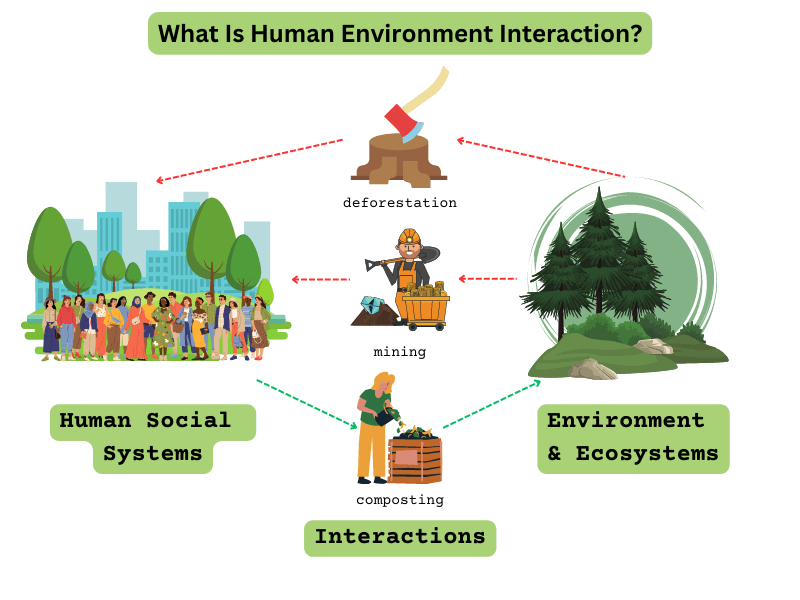
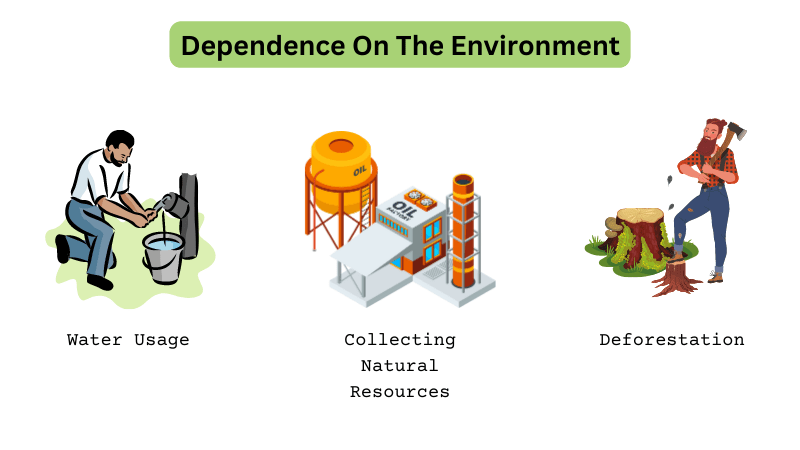
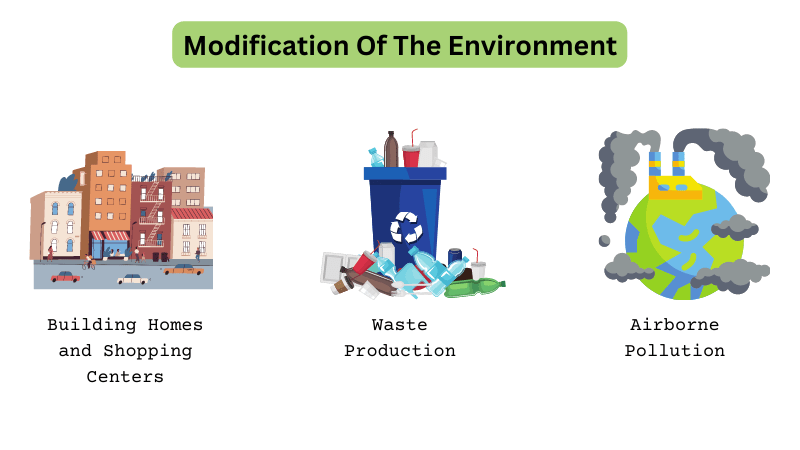
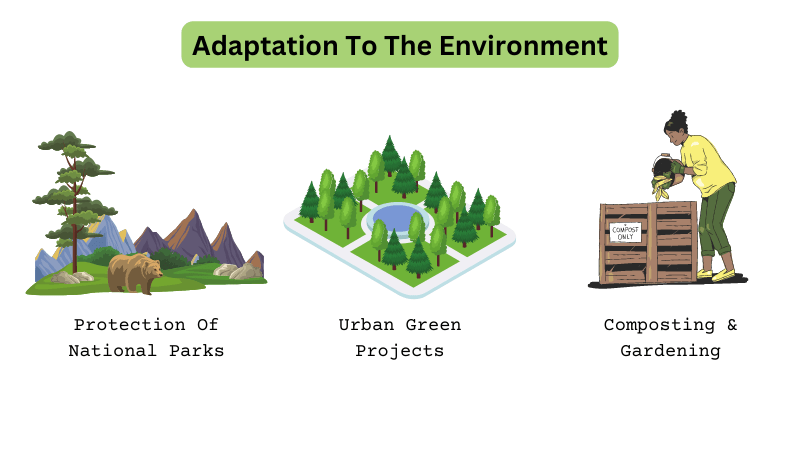
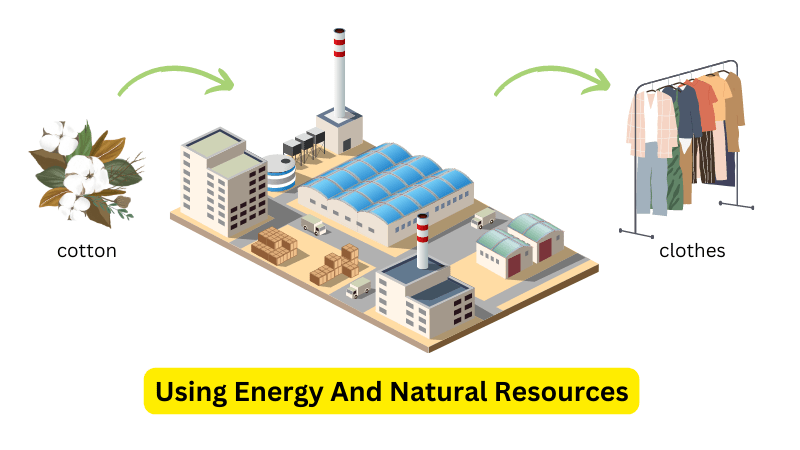
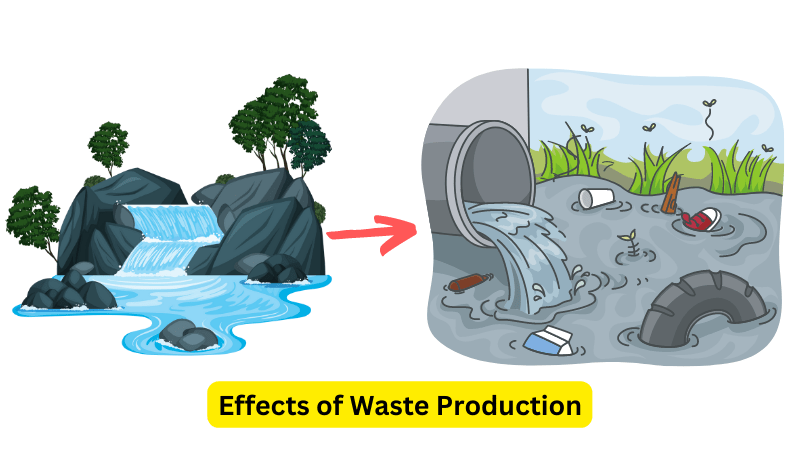
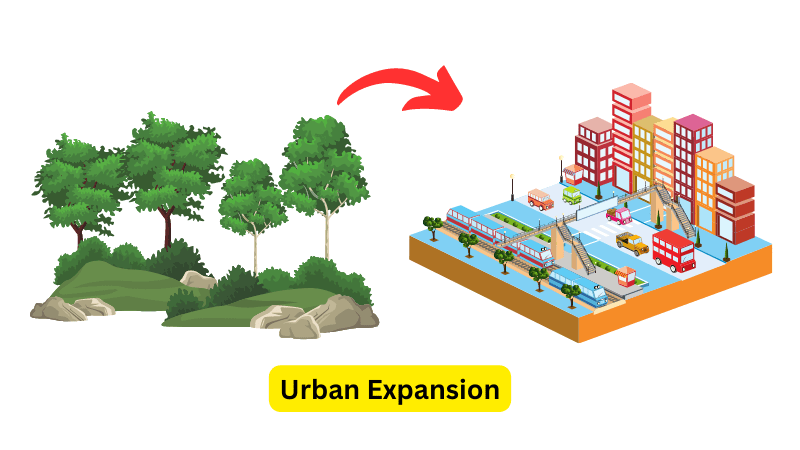
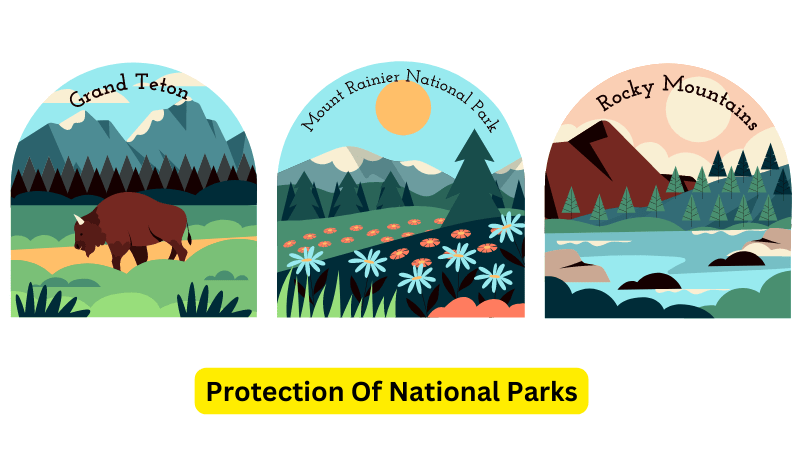
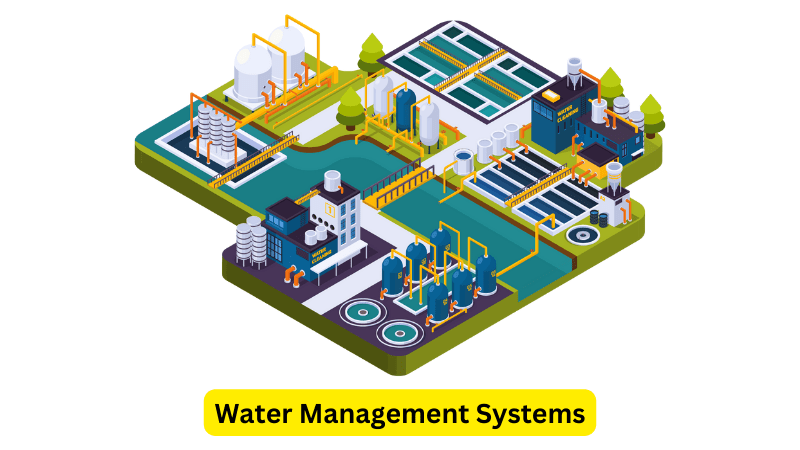



Pingback: How Do Humans Interact With The Environment Positively? The 16 New Answer - Chiangmaiplaces.net
very good
Thank you very much for your valuable comment!
Do you know how much plastic is dumped in the Pacific Ocean
1 trillion tons of garbage ️